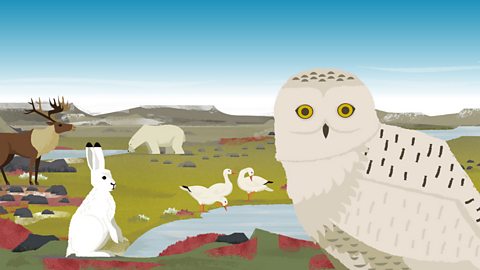Watch: How circulatory systems work
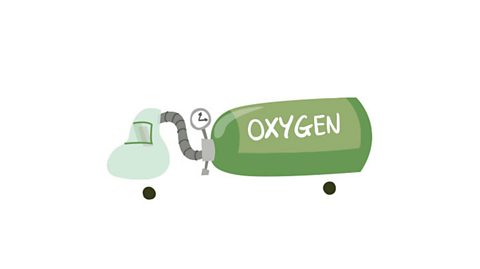
The circulatory system transports water and nutrients around the body. Not all animals have the same system though.

Find out about the different ways blood circulates around mammals, fish and insects.
Stay close, please, children. We are here at the riverbank to look at the way different animal circulation systems move blood around their bodies.
This furry creature is a water vole.
Like all mammals, it has a circulation system that's made up of two circuits.
Its heart pumps oxygen rich blood around its body and back again. And also pumps oxygen poor blood to its lungs and back to its heart so it can collect more oxygen.
This system is perfect for mammals who need to circulate lots of oxygen in order to keep up their active lifestyles.
Fish have a circulatory systems with just one circuit.
Their hearts pump oxygen poor blood to their gills, where oxygen is absorbed from the water.
The blood then flows around the fish's body and back to the heart.
This system might not be quite as efficient as a mammal's for getting oxygen around the body but that's okay for fish as they don't need as much oxygen as mammals.
Grasshoppers have what's called an open circulatory system.
Fluid isn't enclosed inside blood vessels but is pumped into a cavity inside their bodies where it circulates around their organs.
This fluid delivers nutrients for energy and growth, but not oxygen.
Instead, insects get this directly from the air through tiny openings called spiracles.
It's a very efficient system.
I mean, look at me, I've got so much energy and oxygen I can do aerobatics.
Ouch. Ah! Maybe not.
Circulatory systems in mammals
Mammals, like you, have a circulatory system that is made of:
A heart that pumps blood around the body.
Blood vessels that carry the blood.
Blood which contains important substances like nutrientA substance needed by an organism to stay alive and healthy. For example, carbohydrates, proteins and lipids..
The mammal circulatory system looks like this:
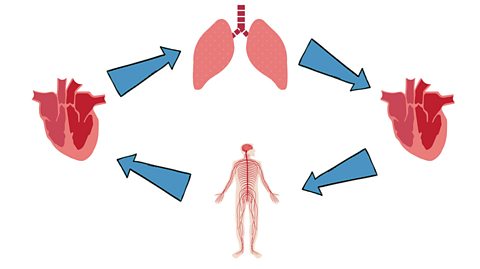
This means that blood goes through the heart twice on every loop - so we call it a double circulatory system. This needs to be very efficient because mammals require lots of energy to live.
As blood stays within the blood vessels they have a closed system.
Circulation in fish
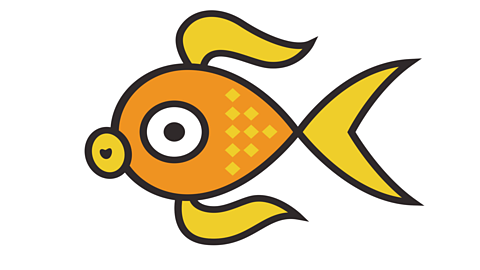
Fish have gills instead of lungs. Oxygen in water moves into their blood via their gills.
Their circulatory system has the same three parts as a mammal but they are in a different order. Blood flows around their circulatory system in this order:

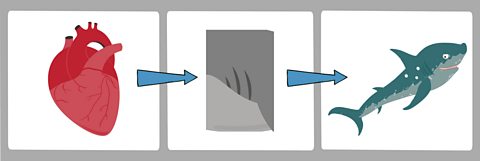
This means blood goes through the heart only once every loop - this is called a single circulatory system.
Fish have a closed system, just like mammals, so their blood stays in blood vessels.
Circulation in insects
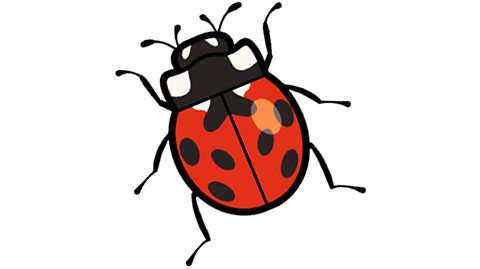
Insects have a different system from mammals and fish. They don't have lungs or gills (to pick up oxygen) but have lots of tiny tubes that run into their bodies.
They don't have a closed system of blood vessels so their blood moves freely around their organs. This is called an open circulatory system.
Activities
Test your knowledge of transport of nutrients and water with the activities below.
Activity 1: Order the mammal circulatory system
Activity 2: Circulation quiz
Activity 3: Odd one out
Can you decide which is the odd one out?
Give reasons for your answer. You may want to draw diagrams to support your reasons.

Bitesize Primary games. gameBitesize Primary games
Play fun and educational primary games in science, maths, English, history, geography, art, computing and modern languages.

More on Living things and their habitats
Find out more by working through a topic
- count8 of 15
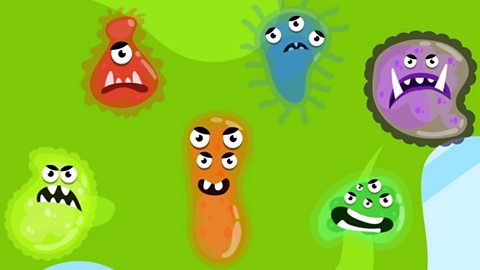
- count9 of 15

- count10 of 15
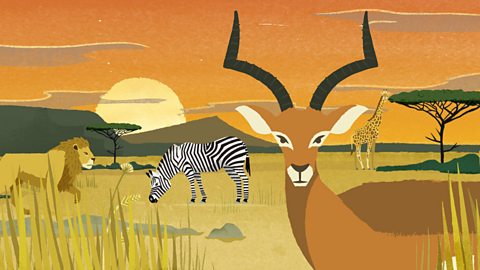
- count11 of 15
